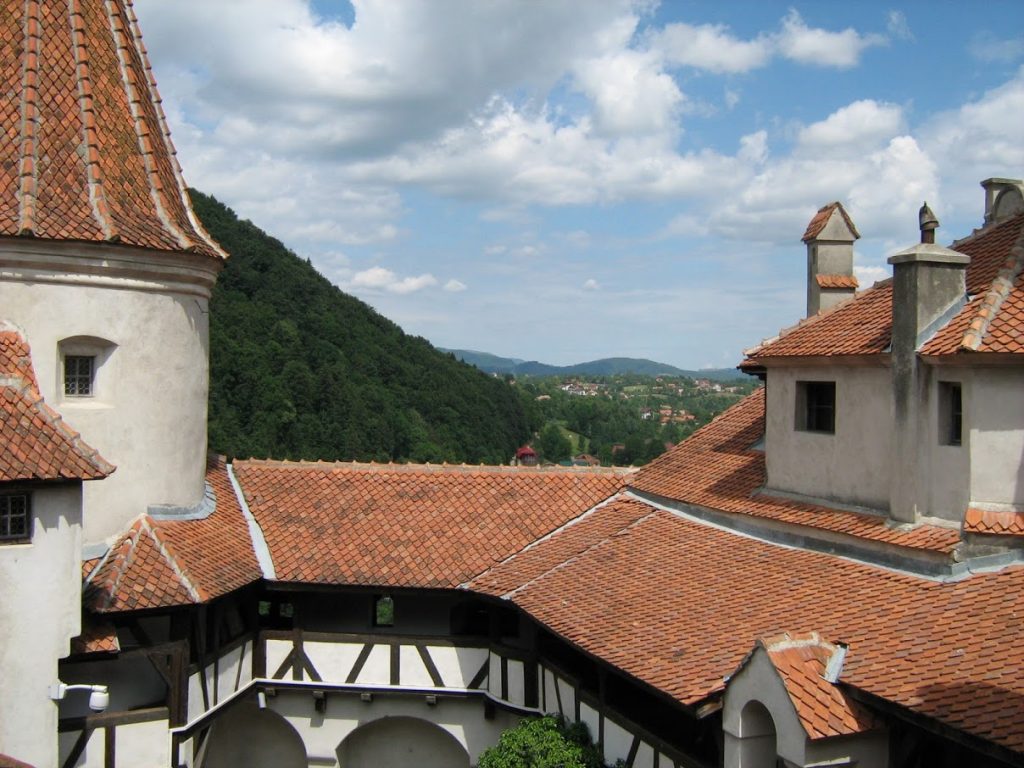Romania is a country in Europe, part of the European Union, with a predominantly temperate-continental climate. Romania has a rich cultural heritage and natural diversity. Its dramatic mountains scenery has dense forests, myriad glacier lakes and stunning valleys.
Table of Contents
- Things to know about Romania
- Visa
- Best time to visit
- Safety in Romania
- How to get around
- Things to do in Romania
- Visit Transylvania
- Ski Trip To Poiana Brasov
- Swim in the Black Sea
- Explore Bucharest
- Hike in the Carpathian Mountains
- Drive on Transalpina
- Drive on Transfagarasan
- Visit the Danube Delta
- See the Bran Castle
- Marvel at Peles Castle
- Best Places to Visit in Romania
- Palace of Parliament
- Corvin’s Castle
- Merry Cemetry
- Balea Lake
- Retezat National Park
- Muddy Volcanoes
- What to pack for Romania
- Where to stay
- Romanian food
- Shopping and souvenirs
- Latest Articles about Romania
The Carpathian Mountains dominate the centre of Romania, with 14 mountain ranges reaching above 2,000 m or 6,600 ft. Romania is home to six terrestrial ecoregions and so many protected areas with 13 different national parks and three biosphere reserves. Romania has one of the largest areas of undisturbed forest in Europe, covering almost 27% of its territory.
Romania is an ex-communist country that is still in the process of recovery after the collapse of communism in 1989. Romania is well known for its fictional character Dracula, created by Bram Stoker. Vlad the Impaler’s patronymic inspired the name of the literary vampire Count Dracula.
Romania is a deeply spiritual country and a secular state, having no state religion. However, an overwhelming majority of Romanians identify themselves as Christians, with 81% being Orthodox Christians. The current literacy rate is 98.8%. Romania has a universal health care system. Generally speaking, Romania is an affordable country for most travellers with many options for luxury as well as budget travellers. The country is safe, with good air quality and very fast internet. It’s easy to make friends with locals in Romania and it’s a country still in development, making it ideal for business opportunities. Romania is safe for solo women travellers as well as for families with children. Here are a few more things to know about Romania.
Things to know about Romania
Currency – The official currency in Romania is the Leu (RON). Some people will accept foreign currency, such as EUR.
Language – The official language is Romanian. However, many Romanians speak English, especially in major cities.
ATMs – ATM’s are available in the cities and many places accept card transactions. However, not many places accept AMEX. You’ll need cash for more remote areas, small bakeries and independent corner shops.
Plugs & Sockets – Romania uses the Europlug, or Type C style plug with 2 round pins. As well as the Type F plug with 2 round pins and 2 Earth clips. The standard voltage is 230v and 50Hz frequency.
Safety – Romania is considered a very safe country. It’s safe for solo travellers as well as women in general. There is some opportunistic crime, especially in highly touristic areas like pickpocketing, or mugging.
Climate – Romania has a temperate-continental climate that enjoys all four distinct seasons.
Driving – In Romania, people drive on the right-hand side of the road. Visitors must be aged 18 or over and hold a full, valid driving licence to legally drive in Romania. Riders of motorcycles up to 125cc must be aged 18 or over, while moped (not exceeding 50cc) riders must be aged 16 or over. Driving licences issued in EU and EEA countries are accepted. International driving permits are recognised, but not required.
In an emergency – Dial 112 – works anywhere in Europe and the operator will connect you to the emergency service in the country you’re visiting. Operators can answer your call in their native language, English or French.
Useful phrases – Here are a few things to learn in Romanian. I know these because I am bilingual and I speak Romanian to a native level.
- Hello – Bună ziua! (ˌbu.nə ˈzi.wa)
- Goodbye – La revedere (ˌla re.veˈde.re)
- Yes – Da
- No – Nu
- Please – Vă rog (və ˈroɡ)
- Thank you – Mulțumesc (mult͡suˈmesk)
- I don’t understand – Nu înțeleg (/ˌnu ɨn.t͡seˈleɡ/
- Help – ajutor (aʒuˈtor)
Visa
Romania is part of the European Union, which means most tourists can visit visa-free for up to 90 days. If you visit from another EU country, you can enter visa-free and stay without any restrictions.
If you visit from the US, Canada, Australia, New Zealand or the UK, you can stay for 90 days, visa-free. There are some states whose citizens are required a visa upon entry on the Romanian territory.
Best time to visit
The best time to visit Romania is during autumn, when the temperatures are still mild and the evenings are fresh and crisps. The prices are lower during the autumn and generally speaking, the whole country looks incredible as all the trees change colour. Anyone looking to visit the mountains, Autumn will be an incredible time to visit. There is some rain starting with October but it’s still manageable.
Winters in Romania are cold and harsh. It’s not uncommon for temperatures to reach -28°C (-20°F). Winter in Romania is all about traditions, customs, and celebrations. December is an expensive month as everyone books accommodation in the mountains for a winter holiday break.
Winter is also a time of winter sports, which usually take place in the mountains. January and February are the best times to visit for budget travellers, but be aware that the temperatures really are cold, and you will need some serious winter gear.
Summers are the high season among Romanian locals, so if you are visiting the seaside or the mountains during the summer, expect some crowds. Some roads towards points of attractions will have heavier traffic as well.
Summers in the cities are usually torrid and very dry. Expect temperatures going over 30 C (86 F). Since cities are urban jungles where the temperatures truly soar, many locals escape to the seaside and the mountains. Towns and cities located near the mountains and forests also become popular, as they are the perfect getaway to the great outdoors.
Spring in Romania is mild and beautiful. While the beginning of Spring is still cold with some snow, towards mid-Spring you can expect mild temperatures, sunny days and cold nights. There is more rain as the flora truly comes back to life and the country becomes green and exciting. The cities are in full bloom, and you can see gorgeous magnolias and fruit trees.
Safety in Romania
Romania is considered one of the safest countries in Europe. Romania is safe for all travellers, including solo tourists or women only. People are friendly and happy to help, so don’t hesitate to ask for help if you need it. If someone you approach doesn’t speak English, they will help you find someone who does.
There are some instances when you will want to be more vigilant, especially in popular tourist destinations. Those are the areas where you might see pickpocketing, purse or phone snatching or some scamming.
Romania is safe at night as well, but of course, as with any destination, always pay attention to your surroundings and exercise common sense.
Keep your eyes on your belongings at all times and unlike other places in the world, don’t leave your valuables unattended, ever. Keep your wallet close to you, and make sure to not keep your phone or wallet in your back pocket if you ride a really busy bus. If you visit the seaside, make friends with people next to you so they can look out for your belongings while you are swimming in the sea, and in exchange offer to do the same for them.
Don’t venture away from the hiking trails in the mountains, as those were created for your safety. If you plan on sleeping in a tent, ideally do so in dedicated areas as Romania has wildlife like brown bears, boars and even wolves in some areas in the Central Carpathian Mountains. Wild camping and freestanding are officially allowed in Romania, but best to check with some locals about the area you have in mind just to be safe.
Don’t swim in rivers without a guide that tells you it’s safe to do so and don’t swim in the sea if there are red flags on the beach, telling you it’s unsafe due to high currents and dangerous waves.
If you are hiking deep in the mountains, leave your contact details with the closest information office and always check the weather in advance. Avalanches can occur at any time, so please check with the Avalanche Risk Bulletin in advance.
How to get around
Romania has a decent infrastructure, but the best way to get around is by car. In cities or in the capital, you can rely on public transport. There is decent infrastructure between the capital and the main city by the seaside (Constanta) and the main city in the mountains (Brasov).
By car – Renting a car is your best option if you are visiting places outside the main cities. You will be able to access more off the grid hidden gems and tourist attractions that are not well-connected by public transport. Of course, you could visit amazing interest points like Transfagarasan and Transalpina where driving is a must. You can rent a manual or an automatic, but given Romania’s topography, you should try to get an automatic to make your life easier. The roads are paved and decent, but expect heavy traffic in high season. In some rural areas, the roads can have potholes, so lower your speed and drive carefully. Respect the law and the speed limits.
In addition to required documents, motorists are also required by law to carry the following items when driving to avoid fines:
- Reflective jackets (mandatory to carry in your vehicle and wear if walking on the road or hard shoulder in the event of emergency or breakdown)
- Warning triangle (compulsory in every vehicle with more than two wheels)
- Fire extinguisher (compulsory in all vehicles)
- First aid kit (compulsory in all vehicles)
Train – Trains in Romania are a reliable way of getting around. Trains are cheap but also fairly slow. There are several types of trains in Romania.
If you decide to travel by train, we recommend booking either InterRegio (IR) or InterCity (IC). InterCity trains are the fastest and the most comfortable. Occasionally you will find night trains called InterRegioNight (IRN).
Prices for trains are very affordable.
Buses – Buses connect major cities in the country but journeys can be really long. Trains are often a better and cheaper option than buses. Buses are great for when you need to travel within a city. Although, in places like Bucharest, you should aim for the subway as that’s the fastest and most reliable way of getting around.
Minibuses and maxi taxi are special inter-city forms of transport. They are affordable and faster than normal buses but don’t expect the drivers to rely on the timetables too much. Still, if you need a reliable way of getting around, going by car or train is your best option.
Flights – There are national flying routes with low-cost airlines that will take you between major cities in Romania. You can get from Bucharest to Cluj or Oradea for example. Prices are affordable as long as you plan your trip in advance. Use companies like Wizz Air, Ryanair or BlueAir. Tarom is the national Romanian airline, but it’s on the expensive side.
Taxi – Taxis are very popular in major cities. Uber and similar ride hailing apps are available. You can use Taxify or Star Taxi and Clever Taxi if you prefer using an app.
Things to do in Romania
There are so many amazing things to do in Romania. Skiing in the mountains, hiking through undisturbed forests, swimming in the sea or marvelling at medieval cities. Romania has so much to offer, and it’s a perfect year-round destination. Here are the top things to do in Romania during your visit.
Visit Transylvania
Transylvania is one of the most beautiful areas in Romania, with mountains, forests, valleys, historical towns and gorgeous castles. It’s home to so much biodiversity and untouched forests teeming with wildlife like the brown bear, wolf, boars and such a vast array of birds.
Visit Transylvania in the Autumn and admire the gorgeous foliage. Visit the gothic fortresses, baroque buildings and cities with Saxon walls and bastions. Transylvania is home to Balea Lake an elevated mountain close to the highest peak in Romania. Stay in a mountain chalet and eat traditional food. Visit the Retezat National Park and stop in gorgeous cities like Sibiu, Brasov and Sighisoara.
➡️ Book a guided tour to Transylvania
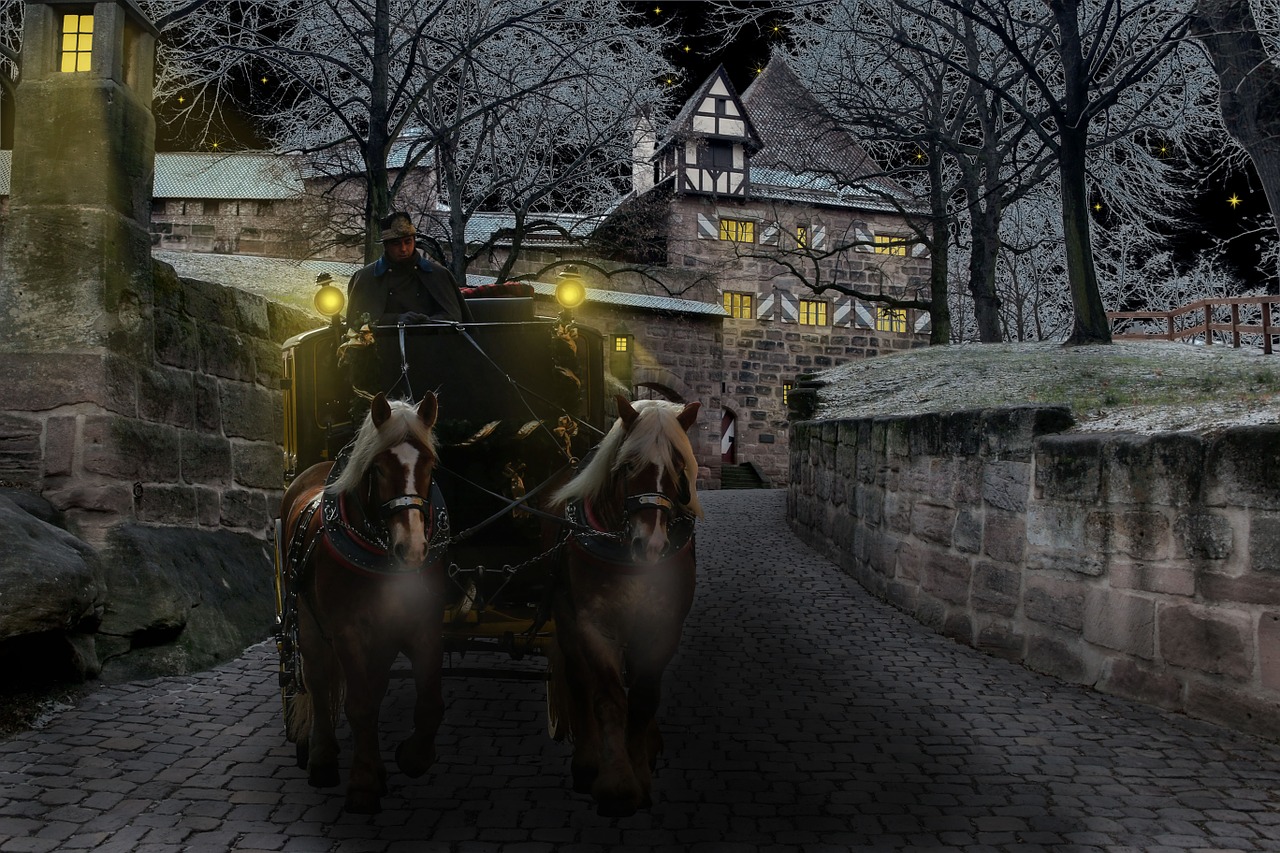
Ski Trip To Poiana Brasov
Romania is not just a pretty destination for hikers, it’s also an ideal place for climbers and skiing enthusiasts. There are many ski resorts in Romania, but Poiana Brasov is by far the best one. There are 7 slopes you can use with a total length of 24 kilometres. Many go there to learn how to ski. It’s also a resort with easy, medium and difficult slopes, so it’s ideal for all types of skiers. Due to the cheaper prices, many tourists come to ski in Poiana Brasov from all over the world. Once the winter is gone, Poiana Brasov becomes a green jewel full of hiking opportunities for soft adventure lovers.
➡️ Book an epic tour to Sinaia, Bran and Poiana Brasov
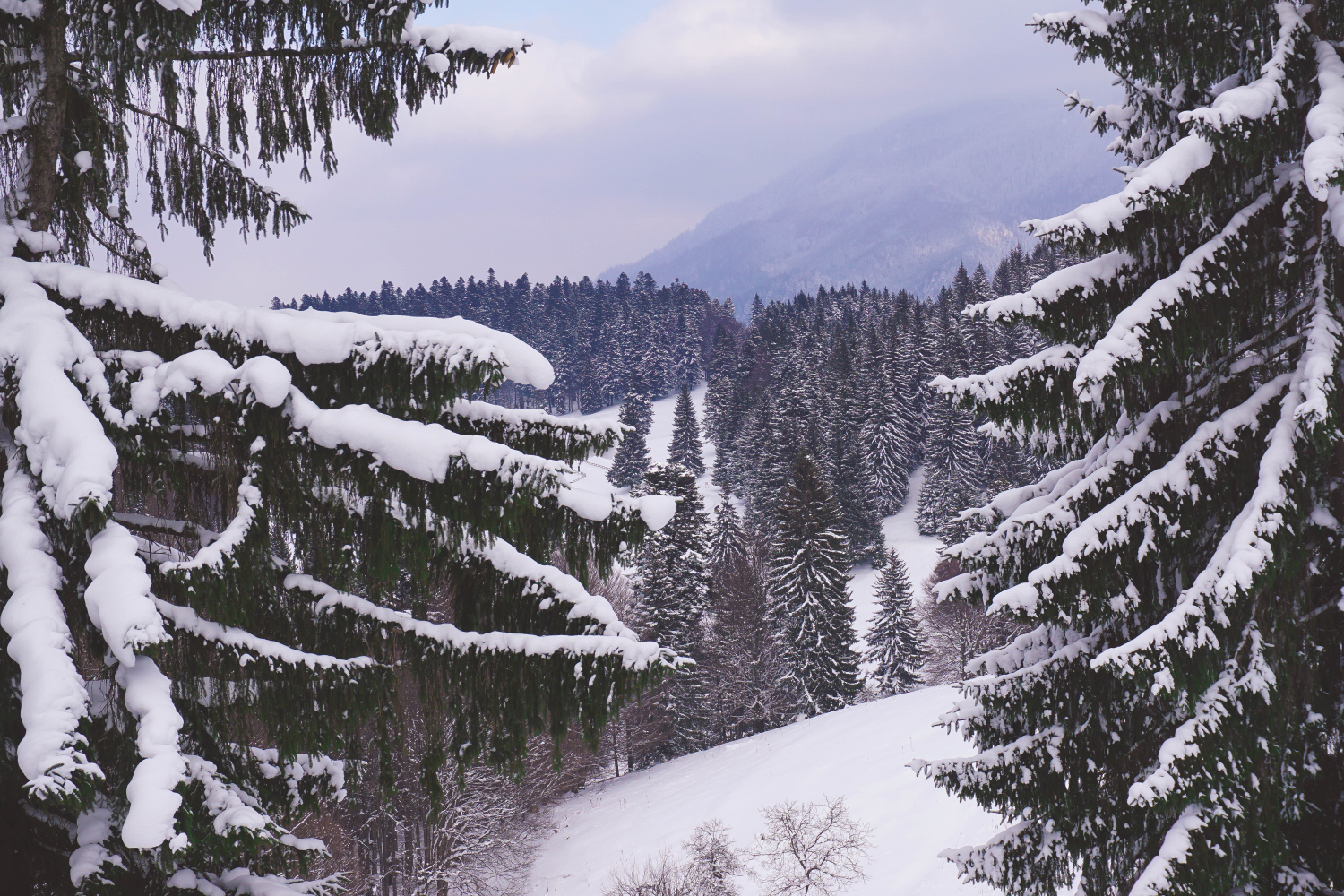
Swim in the Black Sea
You must add the Romanian Riviera to your list, as it’s one of the best things to do in Romania during the summer. Visit Mamaia, the most popular beach resort in Romania known for its fine sand, vibrant nightlife and great restaurants. Mamaia is a magnet for local and tourist foreigners alike, and for good reason. It’s ideal for beach lovers who want to swim in the sea and enjoy a laid-back atmosphere.
➡️ Book a day trip to the Black Sea
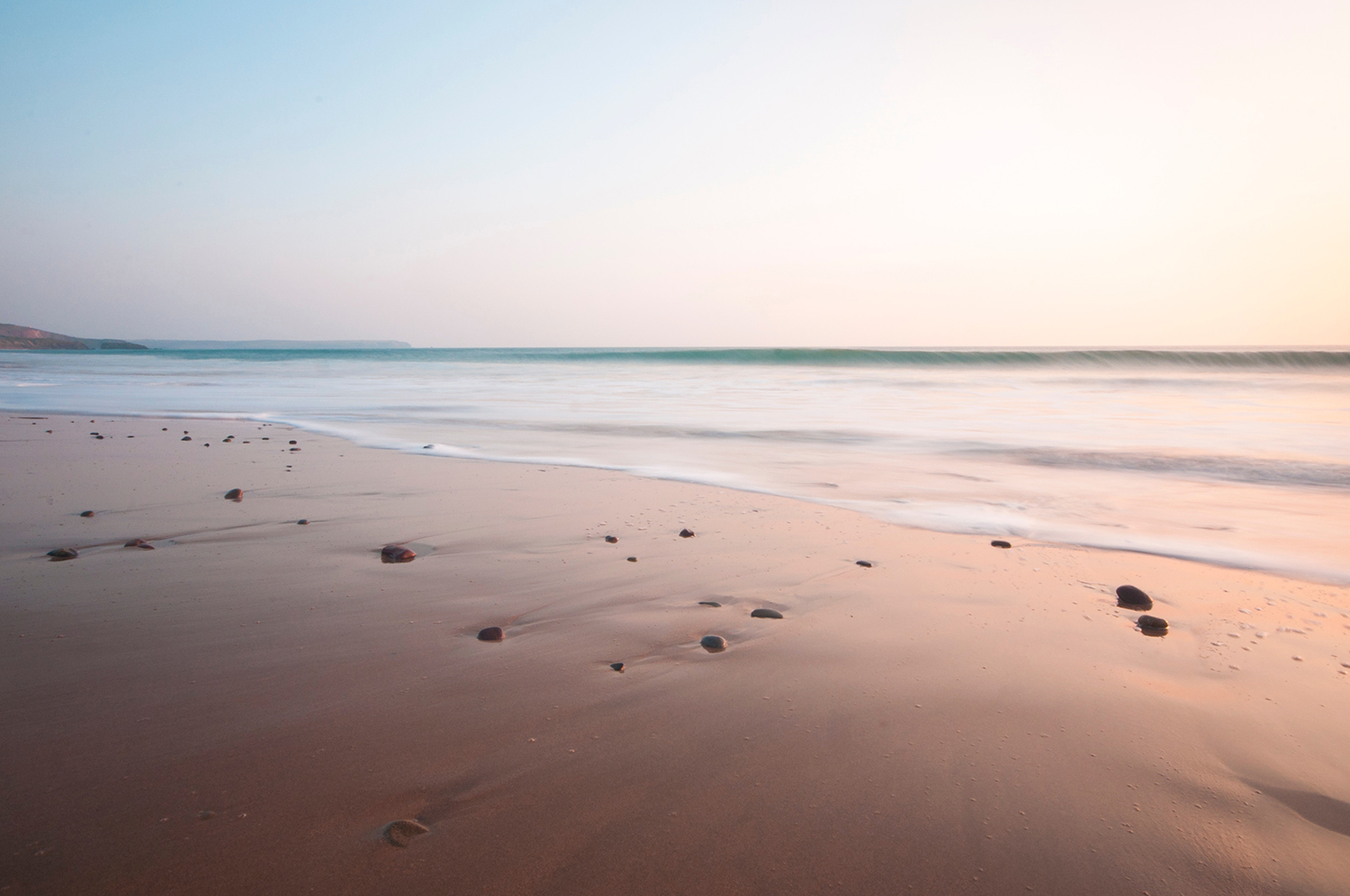
Explore Bucharest
I was born and raised in Bucharest, so I’m a little biased when it comes to the capital. There’s such a charm to this city and a year-round destination. Every season in Bucharest has something to offer and you can’t ever feel like you’ve run out of things to do in this city. Bucharest is great for shopping, food and nightlife. It’s vibrant and sometimes it feels like a city that never sleeps. Bucharest has vast parks with gorgeous gardens but also stunning buildings with incredible baroque architecture. Dubbed as “The Little Paris” this is a must when visiting Romania.
➡️ Book a guided walking tour to Bohemian Bucharest
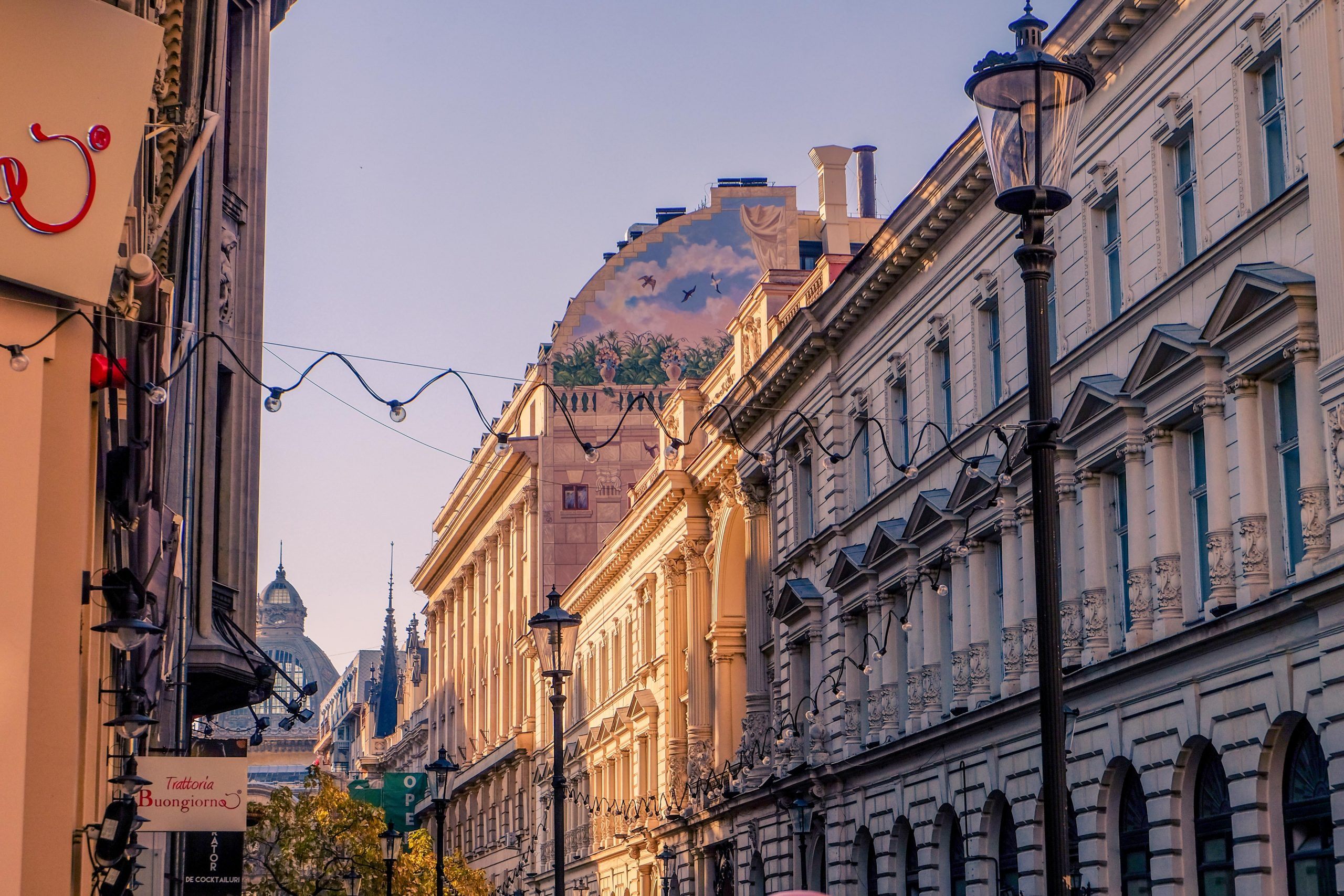
Hike in the Carpathian Mountains
The Carpathian Mountains dominate the centre of Romania, with 14 mountain ranges reaching above 2,000 m or 6,600 ft—the highest is Moldoveanu Peak at 2,544 m or 8,346 ft
There are many hiking trails that range from beginners to experienced hikers and cover all types of fitness categories.
Almost everywhere you are in the Carpathian Mountains, there will be hiking trails available for you to enjoy. Some will take you through pine forests, others will lead to some of the most spectacular waterfalls or glacier lakes. Romania has many riches awaiting to be discovered.
➡️ Book a guided day hike in the Carpathian Mountains

Drive on Transalpina
Transalpina is the highest paved road in Romania and one which needs to be on your list of things to do in Romania. It’s one of the most exhilarating roads to drive on in Europe. Also known as the King’s Road or DN67C, it really is a dream destination for driving enthusiasts. Transalpina is 148 km long located in the Parâng Mountains, crossing them from south to north.
Transalpina is a Latin name meaning “the country beyond the mountains”. You will be driving on the mountain plateau surrounded by an alpine landscape.
➡️ Book a private road trip to Transfagarasan & Transalpina

Drive on Transfagarasan
Named the best country in the world, the Transfagarasan is a breathtaking point of attraction in Romania. This road curves and twists with tight hairpins leading you to Balea Lake, a gorgeous glacier lake surrounded by peaks. Eat traditional food with a view, in a cosy wooden chalet, before taking some hiking trips to the nearby waterfalls and lakes. Transfagarasan leads to Vidraru Dam, one of the most spectacular tourist attractions in Romania.
➡️ Book a private road trip to Transfagarasan & Transalpina
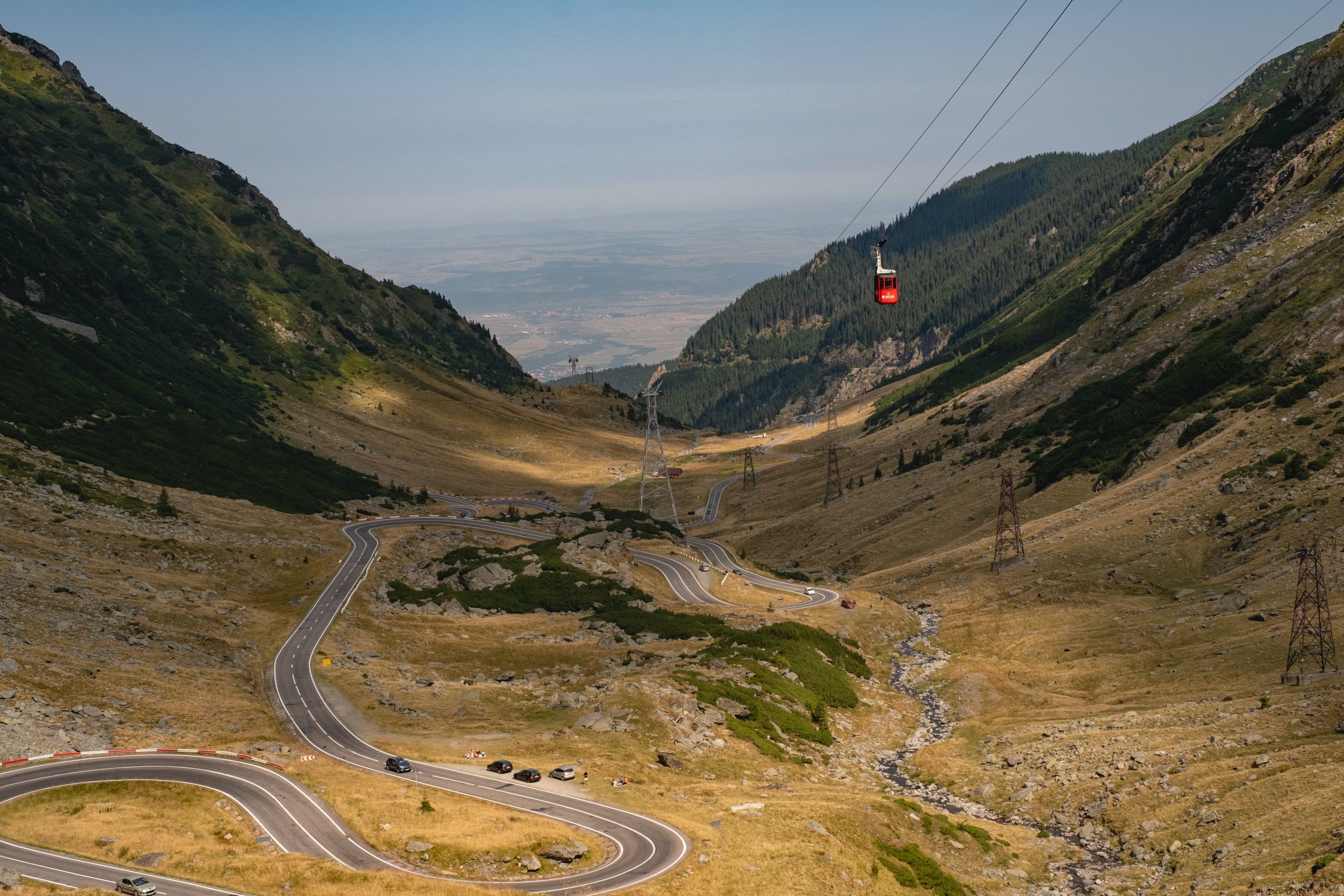
Visit the Danube Delta
You must visit the Danube Delta, which is the second-largest and best-preserved delta in Europe, a biosphere reserve and a biodiversity World Heritage Site. It is home to over 1688 different plant species and 23 natural ecosystems and 274 bird species.
To visit the Danube Delta you will need a local tour guide to take you there by boat. It really is a must-do when visiting Romania.
➡️ Book a guided tour to the Danube Delta
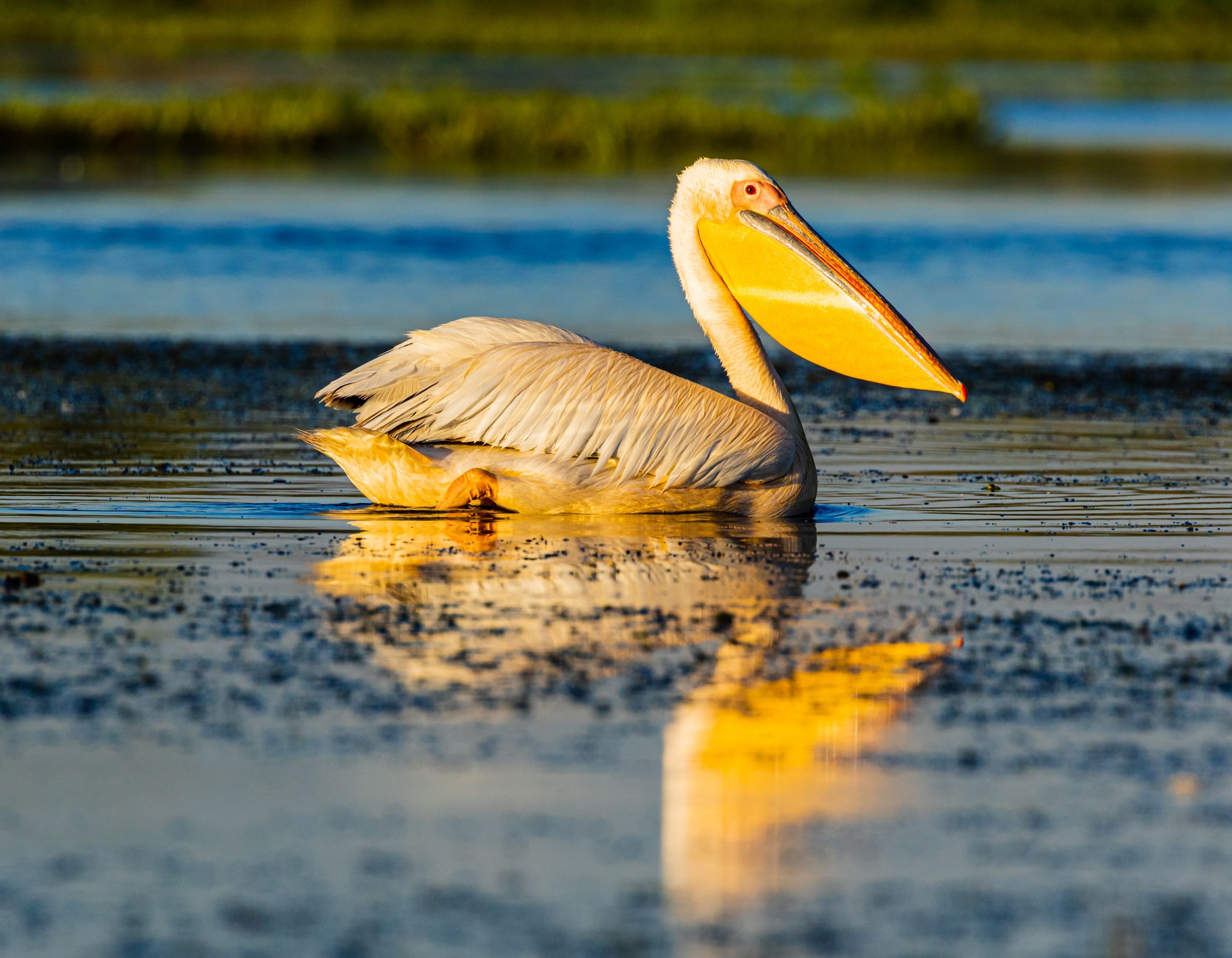
See the Bran Castle
Bran Castle is one of the most famous castles in Romania. A trip to Bran Castle from Bucharest is a must if you want to learn more about the official Dracula residence. The interior of the castle is now a museum displaying the furniture collected by Queen Mary of Romania. You can see the interior on your own or with a tour guide. At the bottom of the castle, there are stalls with local souvenirs and Romanian street food. Nearby there are gorges, caves and wonderful hiking trails.
➡️ Book a guided tour to Bran Castle
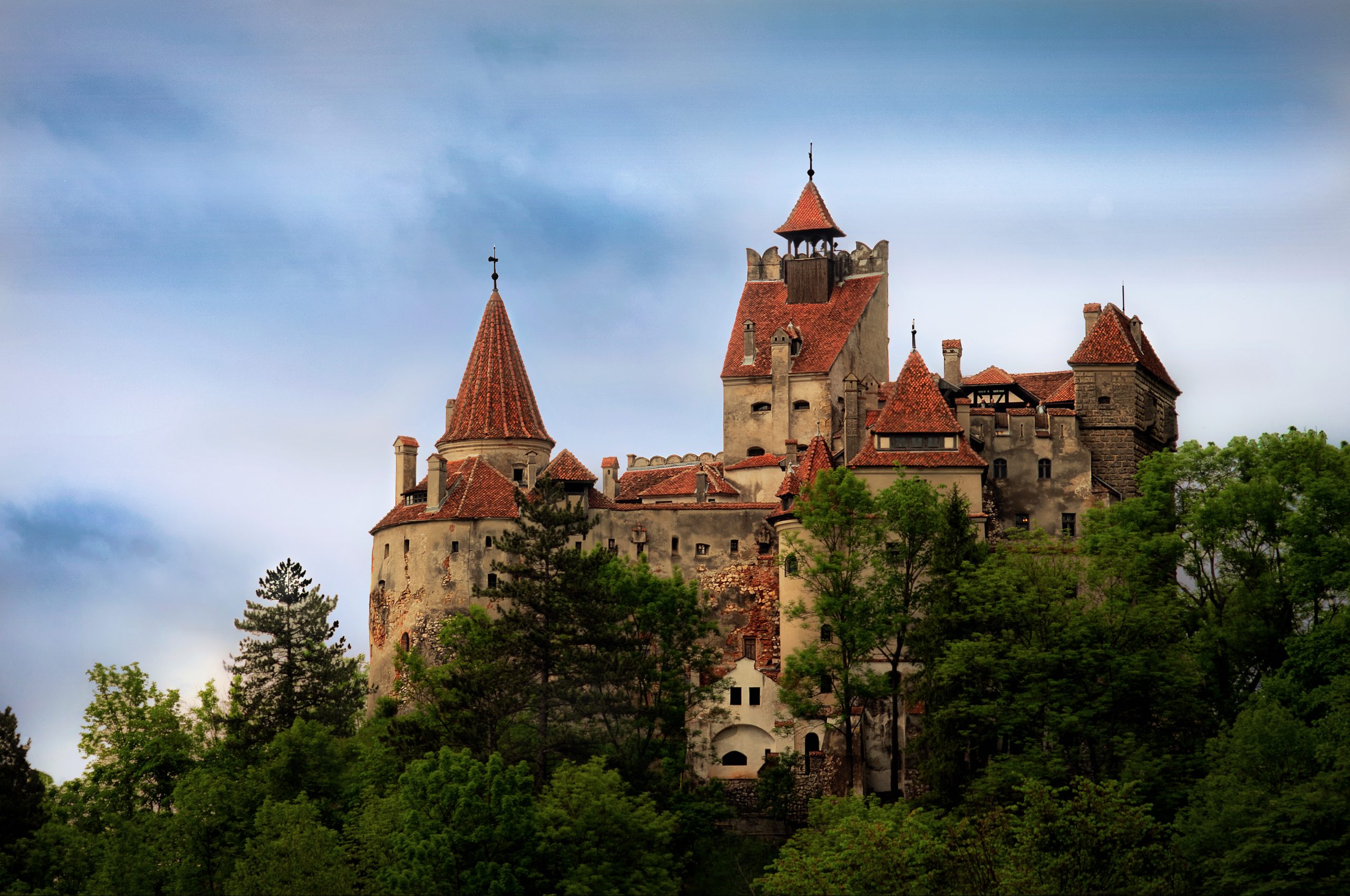
Marvel at Peles Castle
Peles Castle is a Neo-Renaissance castle in the Carpathian Mountains. By form and function, Peles is actually a palace but it is known as a castle among locals and foreigners alike. There are many similarities between Peles and the Neuschwanstein Castle in Bavaria.
The castle was featured in the 2009 film The Brothers Bloom.
Peles Castle was featured in the Netflix original film A Christmas Prince and its two sequels. It was also featured in the 2011 Hallmark Channel movie A Princess for Christmas and 2018’s Royal Matchmaker.
➡️ Book a guided tour to Peles Castle
Best Places to Visit in Romania
There are so many places to visit in Romania, you will need years to discover them all. The good news is that you have so many to pick from and there is no right or wrong answer as they are all spectacular and special in their own way. Here are some of the best places to visit which you should add to your list.
Palace of Parliament
Located in the centre of Bucharest, the Palace of Parliament is the second-largest government building in the world. Also known as the People’s House, you can now visit some of the interiors of this building. Just remember to bring your passport with you as that’s the only way to gain access. Another way is to get a tour guide to show you around and tell you more about its history. The Palace of the Parliament is the heaviest building in the world. The building has eight underground levels, the deepest housing a nuclear bunker. The bunker is a room with 1.5-metre (4.9 ft) thick concrete walls said to be impervious to radiation. The building was constructed almost entirely of materials of Romanian origin.
➡️ Book a guided tour to the Palace of Parliament
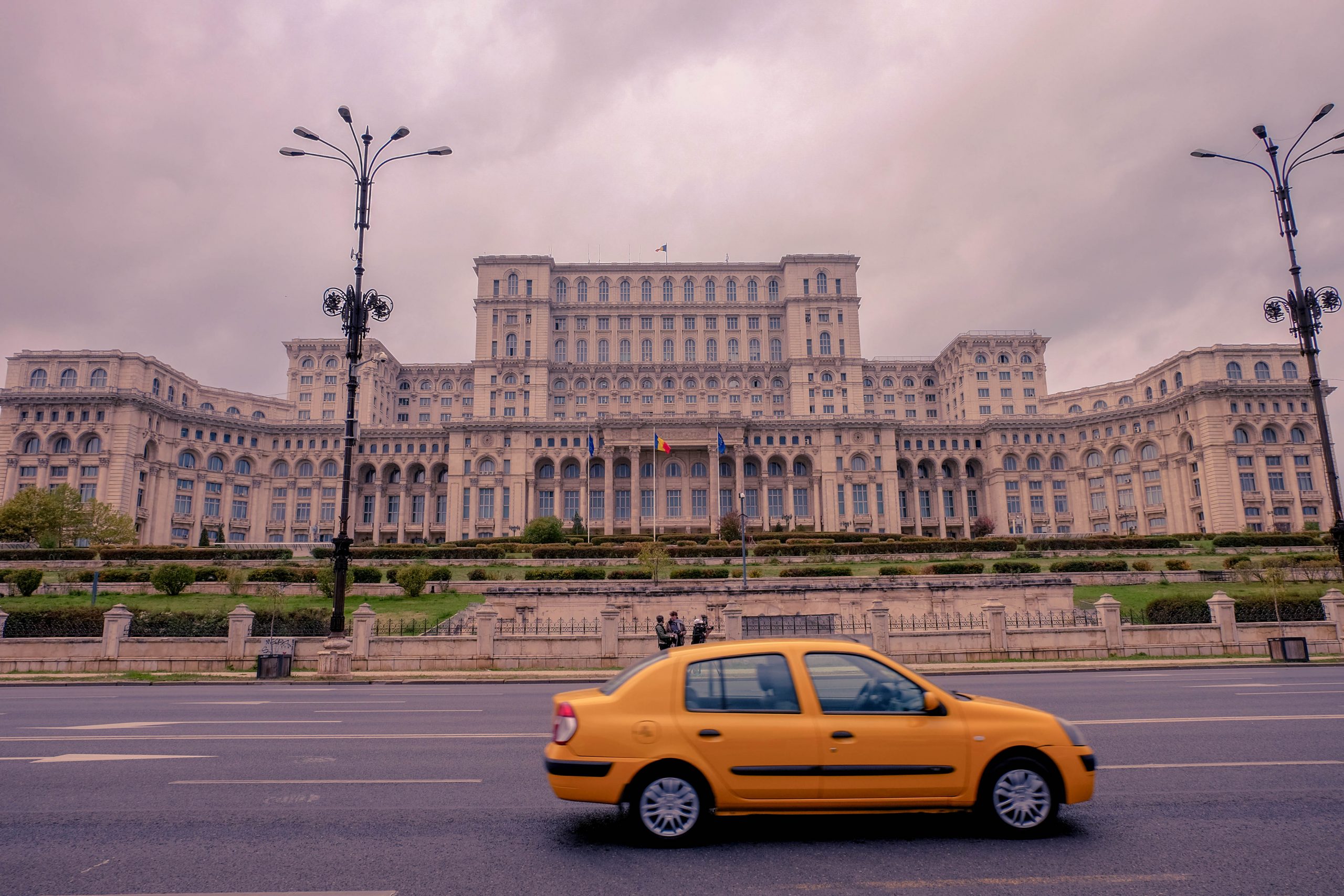
Corvin’s Castle
Corvin Castle, also known as Hunyadi Castle is a superb example of Gothic-Renaissance in Romania. It is one of the largest castles in Europe and is featured as one of the Seven Wonders of Romania. The castle has three large areas: the Knight’s Hall, the Diet Hall and the circular stairway. The halls are rectangular in shape and are decorated with marble. The current castle is the result of a fanciful restoration campaign. Nevertheless, you can see it featured on many social media campaigns, and that’s because it’s a gorgeous place that looks stunning in pictures.
➡️ Book a tour to the Corvin Castle
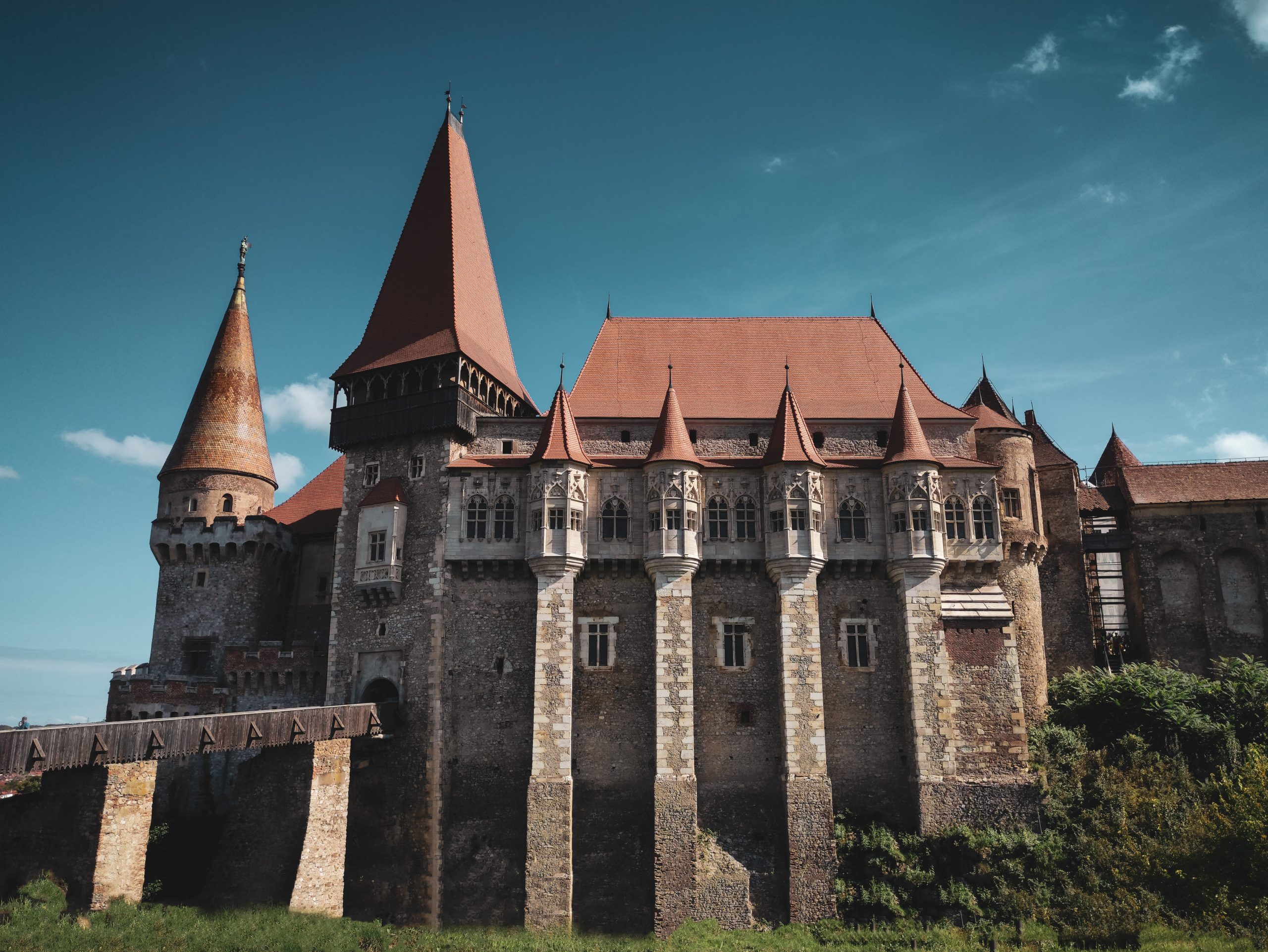
Merry Cemetry
One of the most interesting places to visit in Romania is the merry cemetery. The merry cemetery is in the village of Săpânța, in Maramures county. It’s famous for its colourful tombstones with lovely paintings and poems describing the people who are buried there. The poems are original and lighthearted, funny and sweet. The pictures depict scenes from people’s lives. Everything about this cemetery is unique and original as no two tombstones, pictures or poems are the same.
➡️ Book a Sapanta & Merry Cemetery Walking Tour

Balea Lake
Balea Lake is a glacier lake located at the top of the Transfagarasan highway in Romania. There are two chalets open year-round where you can enjoy traditional Romanian food and cosy accommodation. It is accessible by car on the Transfăgărășan road during the summer, and the rest of the year by a cable car from the “Bâlea Cascadă” chalet. Balea Lake is not just for sightseeing but also a fantastic spot for hiking, ice climbing or cycling.
In winter, Bâlea Lake becomes a ski resort for expert skiers and snowboarders, with off-piste skiing and snowboarding.
➡️ Book a trip to Balea Lake via Transfagarasan

Retezat National Park
Retezat National Park is a protected area containing more than 60 peaks over 2,300 metres and over 100 deep glacier lakes. It is considered one of the most beautiful places to visit in Romania. It was also Romania’s first national park.
In Retezat there is one of Europe’s last remaining intact virgin forests. The par is included in UNESCO’s biosphere reserve program. Expect 1190 plant species of which 130 are classed as endangered. There is so much wildlife here, including wolves, bears, boars, lynx, wildcats, chamois, deers, badgers and otters.
The flora consists of approximately 1,190 plant species, of which 130 have the “endangered” or “vulnerable” status.
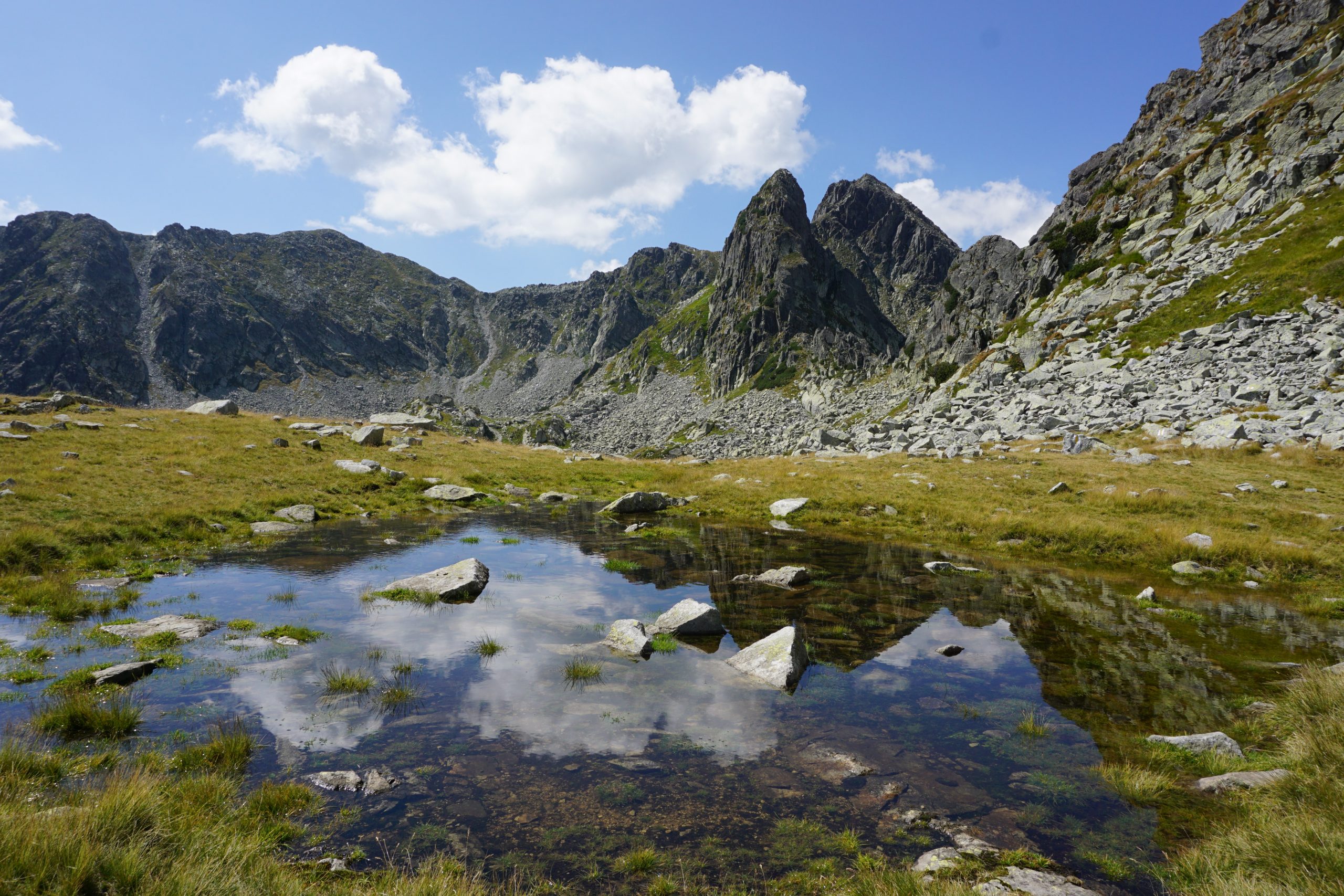
Muddy Volcanoes
Be prepared for the most unexpected and incredible place in Romania: the muddy volcanoes of Berca, a geological and botanical reservation. Wondering what can cause this phenomenon? Gases from some 3000 metres deep erupt towards the surface through layers of clay and water. This pushes up salty water and muds which often overflows through the mouth of the volcanoes. As the gas reaches the surface, you can see it all bubble up. When the mud dried off, it creates a conical shape akin to a real volcano.
The mud is cold as it only comes from the continental crust layer and not from the mantle. This reservation is unique in Romania.
➡️ Book a day trip to see the mud volcanoes
What to pack for Romania
Romania has four distinct seasons so your suitcase will likely vary depending on the time of the year you wish to visit. There are a few things you should always remember to pack no matter what.
Bring your walking shoes with you, because you will want to be comfortable. If you plan on hiking in the mountains, make sure your hiking shoes are also waterproof. Pack your preferred cosmetics but don’t worry if you forget something, as Romania has major supermarkets and department stores with all necessary goods and all known international brands.
Summer packing – Summers are very hot, dry and torrid. Pack light and breathable materials. Shorts, skirts, dresses, sandals. Loose textiles in light colours if possible. You should have a swimming costume with you in case you decide to visit the seaside or a pool in the city.
Autumn packing – Autumns are mild and beautiful but they can be a little rainy too. A waterproof jacket, as well as a light jacket for the cooler evenings, should be added to your suitcase. Get your walking shoes and long trousers. During the day you can wear shorts or a skirt.
Winter packing – Winters are very cold and you will need very warm clothes. Get the warmest winter jacket you can find and layer up. Get warm merino wool thermals, wool or synthetic layers and a fluffy, warm sweater. Bring thermal underwear and trousers. If you wish to ski in the mountains, bring your ski gear with you. Apres Skis can be worn in cities too, especially when there’s heavy snow. Bring your snow boots with you.
Spring packing – If you visit at the beginning of the Spring bring warm clothes and your winter jacket. Some waterproofs are a must. If you visit towards the end of Spring, pack lighter clothes, some shorts, T-shirts and dresses and walking shoes. For evenings you should have a trench coat or a jacket to keep you warm.
Irrespective of the season, pack enough socks and underwear, toiletries and a small medical kit. For example, bring your own band-aids, earplugs, hand sanitiser and medical face masks. Don’t forget your universal charger/adaptor and some laundry bags to make your life easier.
Where to stay
Romania has every range of accommodation options to suit all budgets. In cities, you can book luxury hotels, mid-range options, studios and hostels. In rural areas, it’s common to find traditional mountain chalets that are cosy. If you visit during peak season (summer or winter holidays) please make sure you book your accommodation well in advance.
Prices for accommodation in Romania are still on the affordable side, making it an ideal destination for affordable luxury.
If you wish to wild camp, you can bring your own tent, but please make sure you understand more about the areas so you are safe from bears, wildlife and landslides. Always ask the local community to help you with this before setting up your tent.
If you decide to stay in a city, you should book your accommodation as close to the old centre as possible to have access to all points of interest and attraction.
For the seaside, we recommend a hotel by the beach, ideally located in Mamaia. The mountains are all fantastic, so pick the hotel or self-catering accommodation that suits your style and budget best.
To book your accommodation in Romania we recommend using Booking.com as this is the most popular site with locals.
Romanian food
Beyond the incredible landscapes and riches that Romania has to offer, you are also going to fall in love with the traditional food. Traditional Romanian cuisine is so hearty and delicious that you won’t believe it. You will eat delicious cabbage rolls, all types of polenta, cured meats, sausages, stews and a wide variety of desserts.
Food in supermarkets is affordable restaurants are suitable for all ranges of budgets too. There are some vegan and vegetarian restaurants all around the country but the cuisine is usually meat and dairy focused.
Try Romanian soups some of which are sour like tripe soup, for example. Variations include meat and vegetable soup, and fish soup. Indulge in tuica, the traditional Romanian spirit made from plum.
Traditional Romanian restaurants will have a variety of interesting dishes on their menu such as mici (small sausages) served with mustard and bread, zacusca (a type of vegetable spread), chiftele (deep-fried meatballs) and all sorts of grills. Sheep and lamb meats are especially seen as special dishes because the meat is normally cured and air-dried for a while before frying or grilling it.
Whichever dish you decide to try, you are going to love it.
Shopping and souvenirs
If you love shopping experiences, Romania has lots of department stores, malls and independent shops. In Bucharest, head over to Calea Victoriei, a long avenue dotted with luxury and indie stores. In the mountains and by the riviera, you’ll find small markets run by locals with artisanal products.
Romania is a country of traditions and so many customs, so it’s only natural that you are going to find so many souvenirs to bring home with you. Make sure to buy a traditional Romanian blouse or some Dracula related gifts.
Latest Articles about Romania
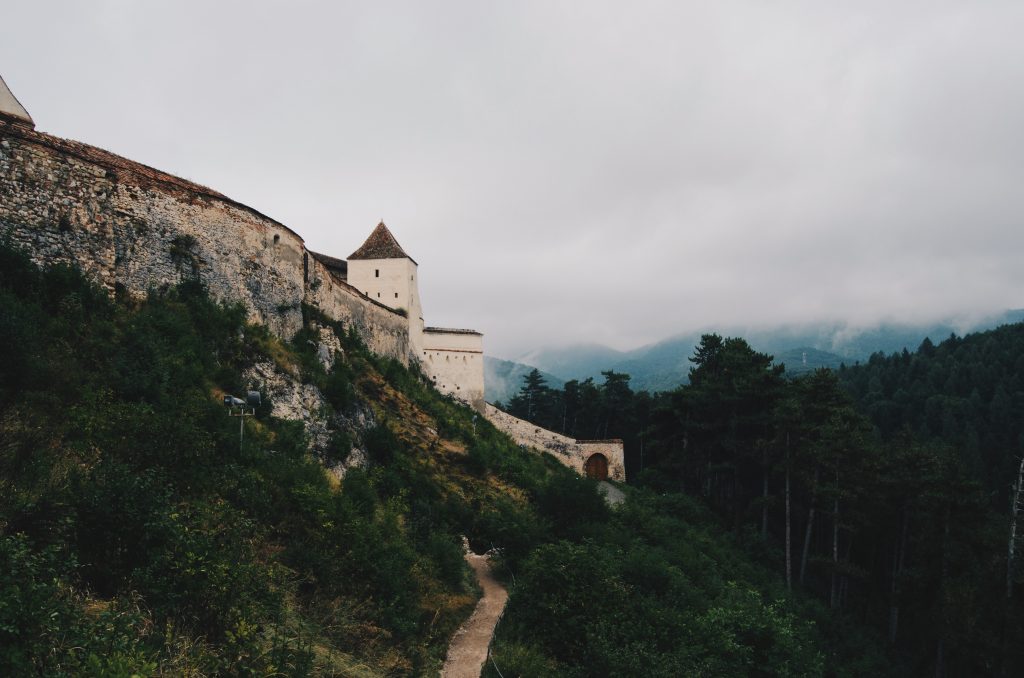
Guide to Rasnov, Romania
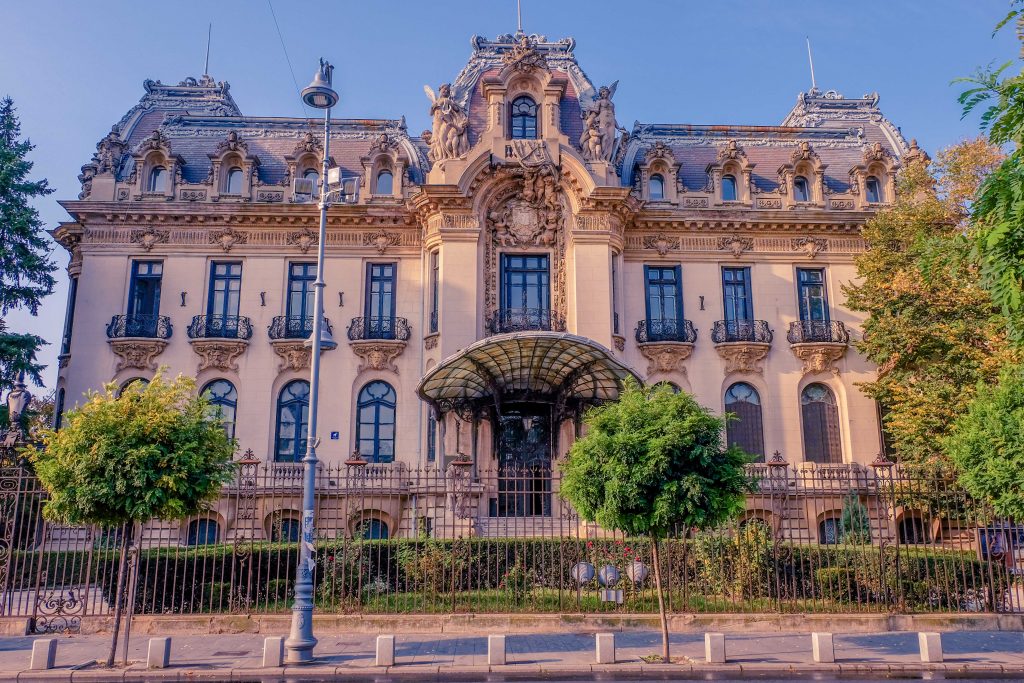
Where to stay in Bucharest
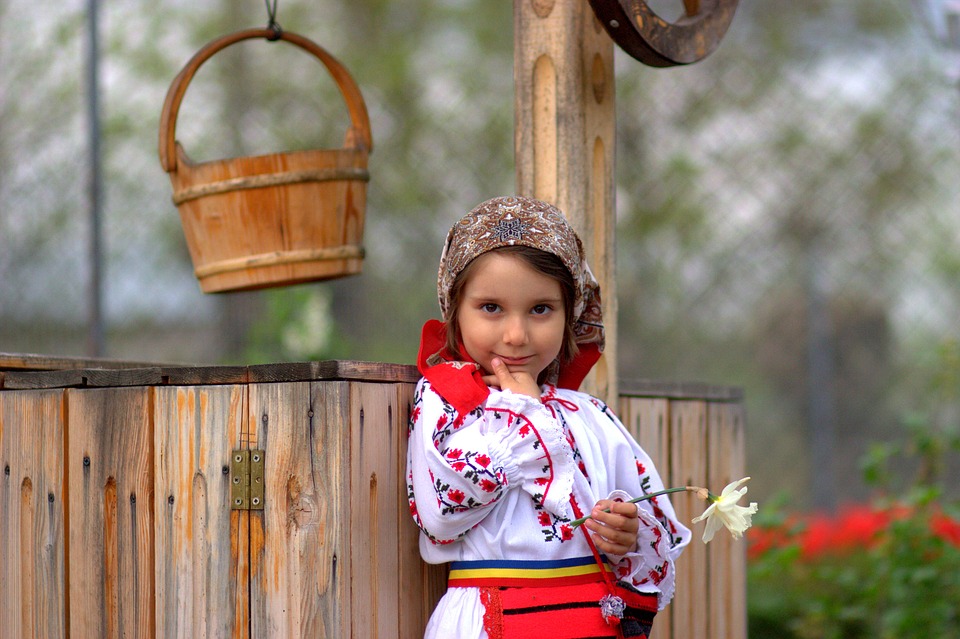
Guide to Romanian Language
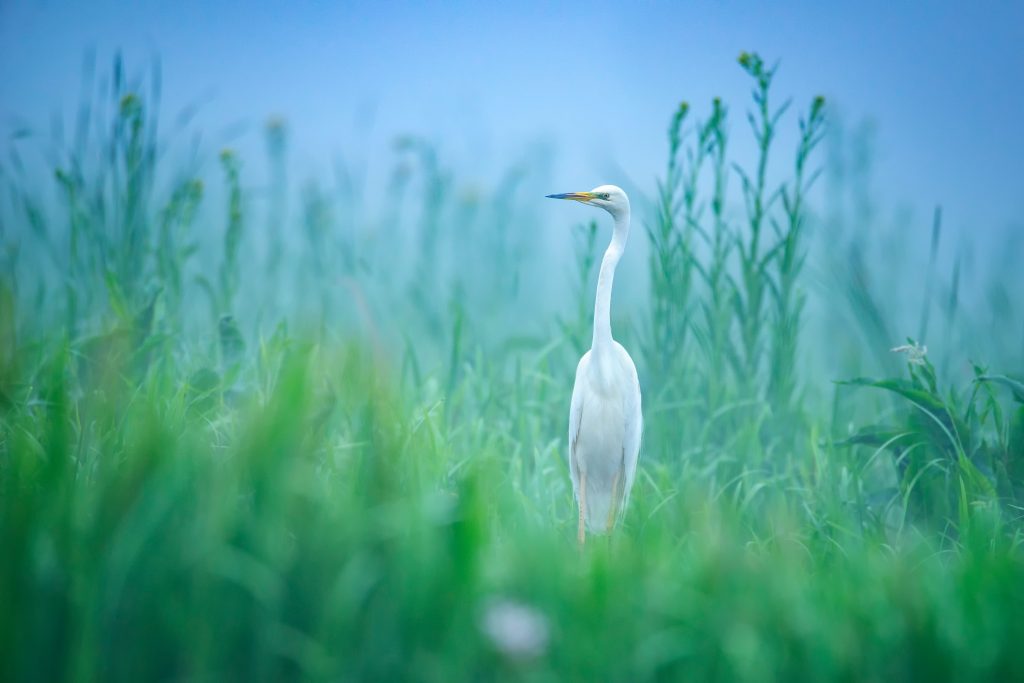
Tulcea Travel Guide
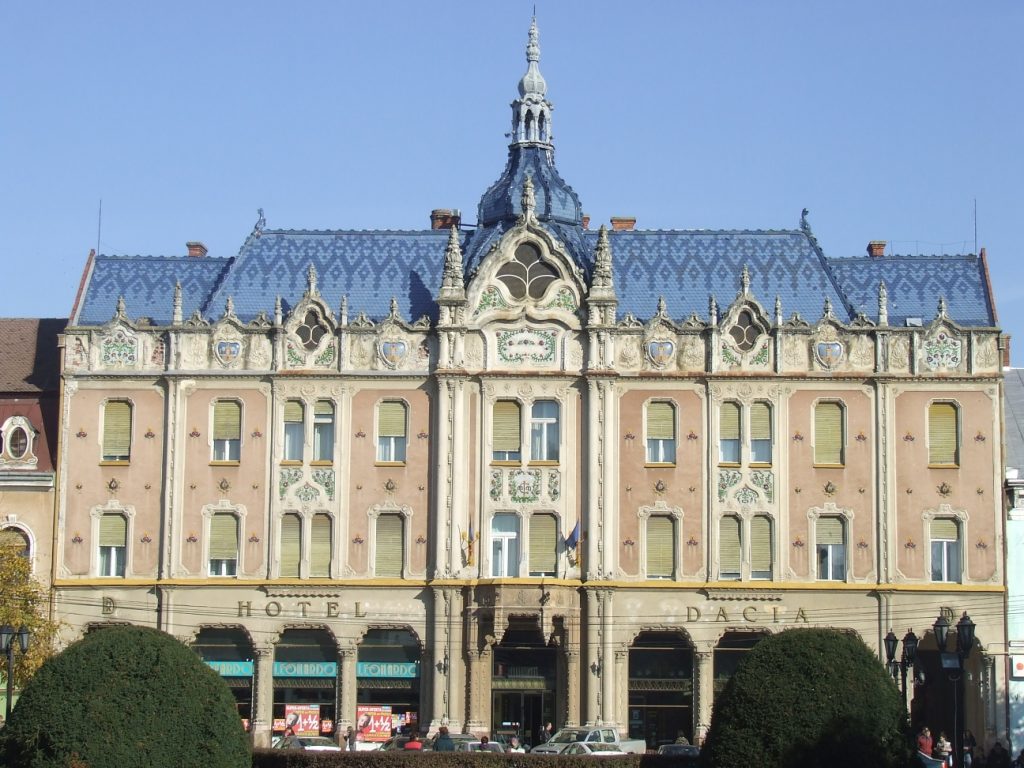
Satu Mare Travel Guide

Romanian traditional clothes
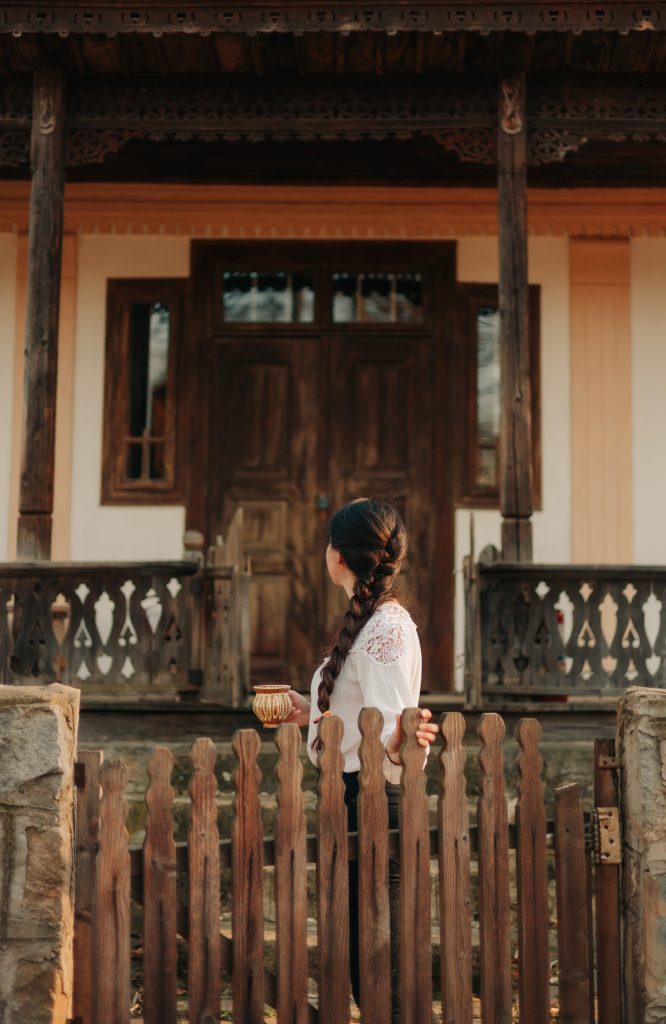
Suceava Travel Guide
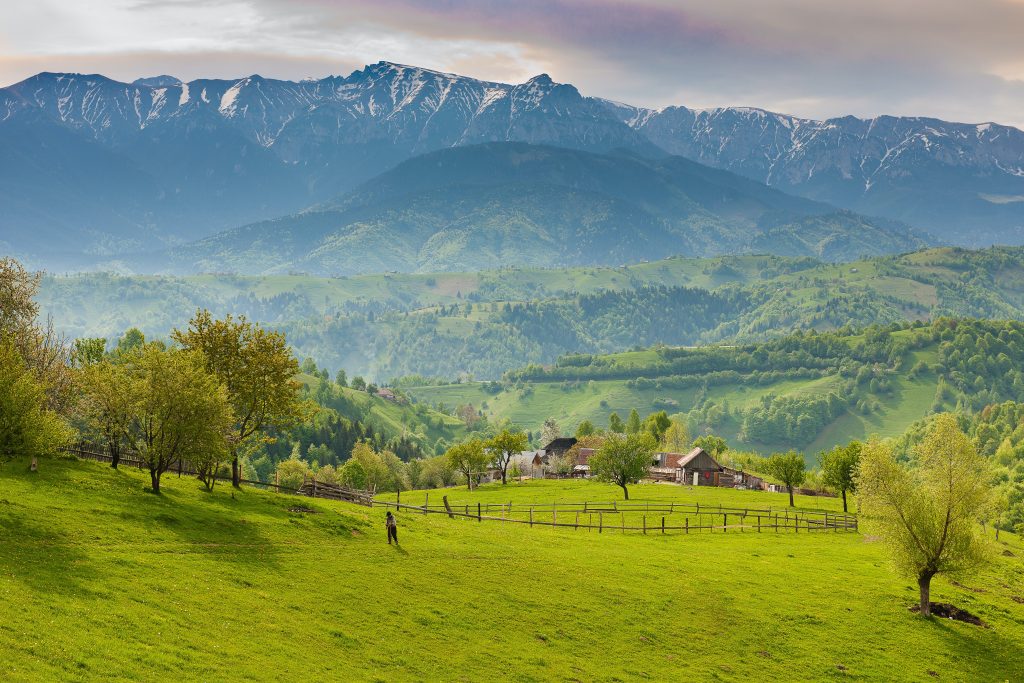
Best time to visit Romania

Souvenirs from Romania
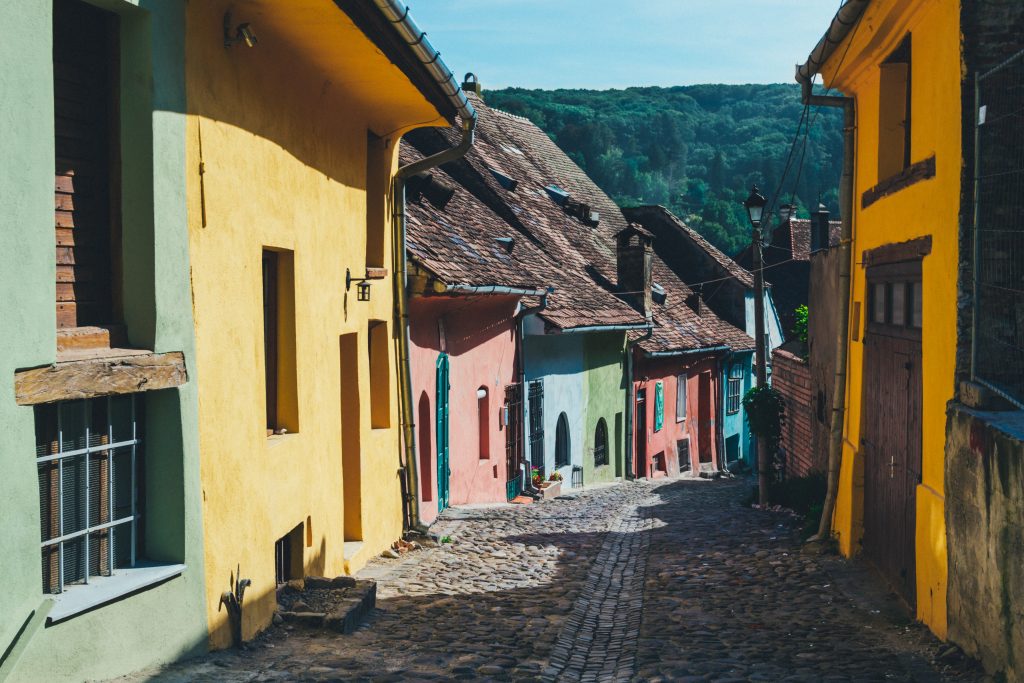
Places to Visit in Romania
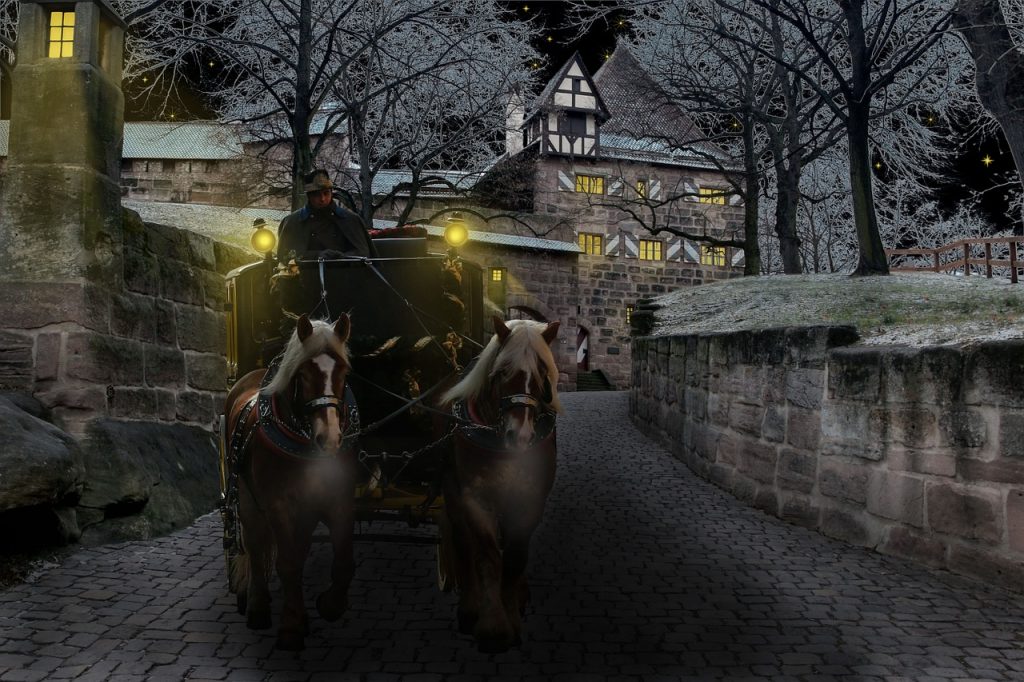
Visit Transylvania
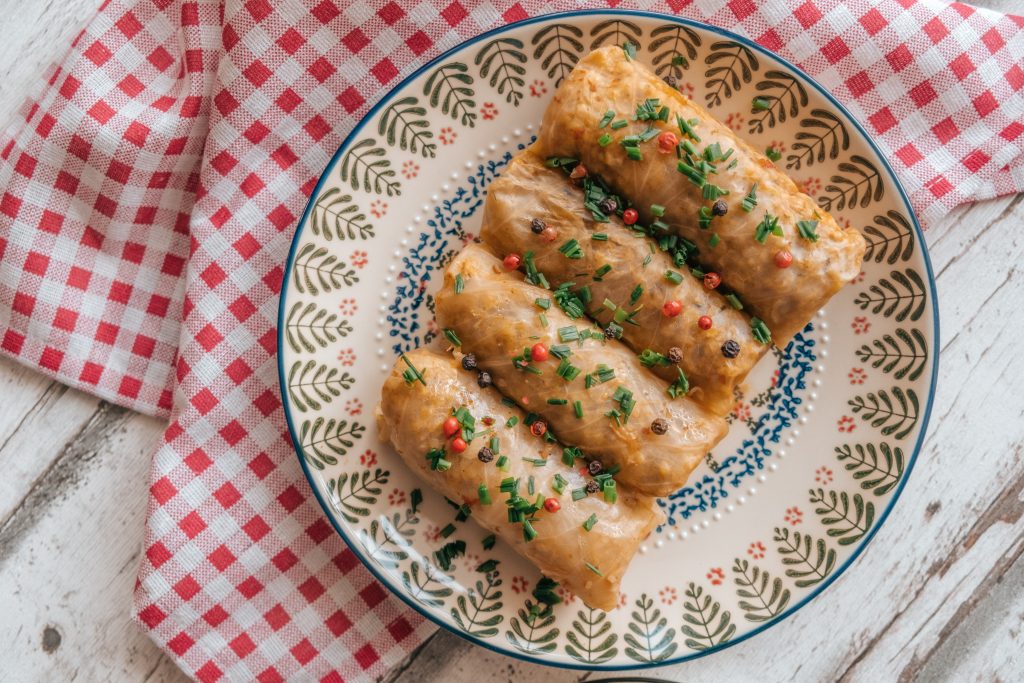
Traditional Romanian Foods

Things to do in Bucharest, Romania
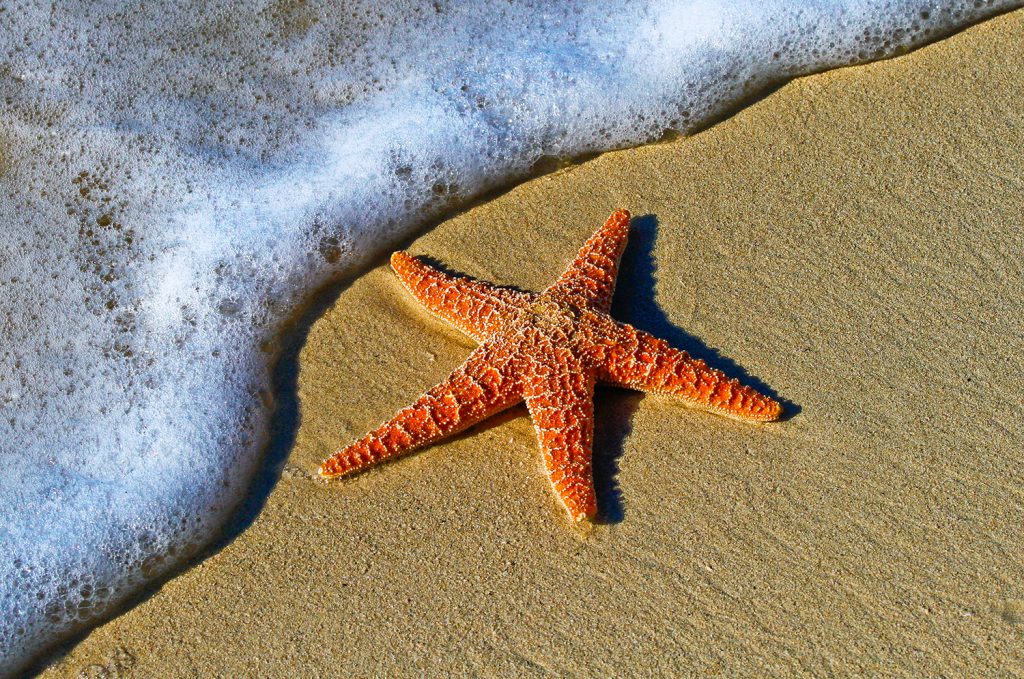
Guide to Mamaia, Romania
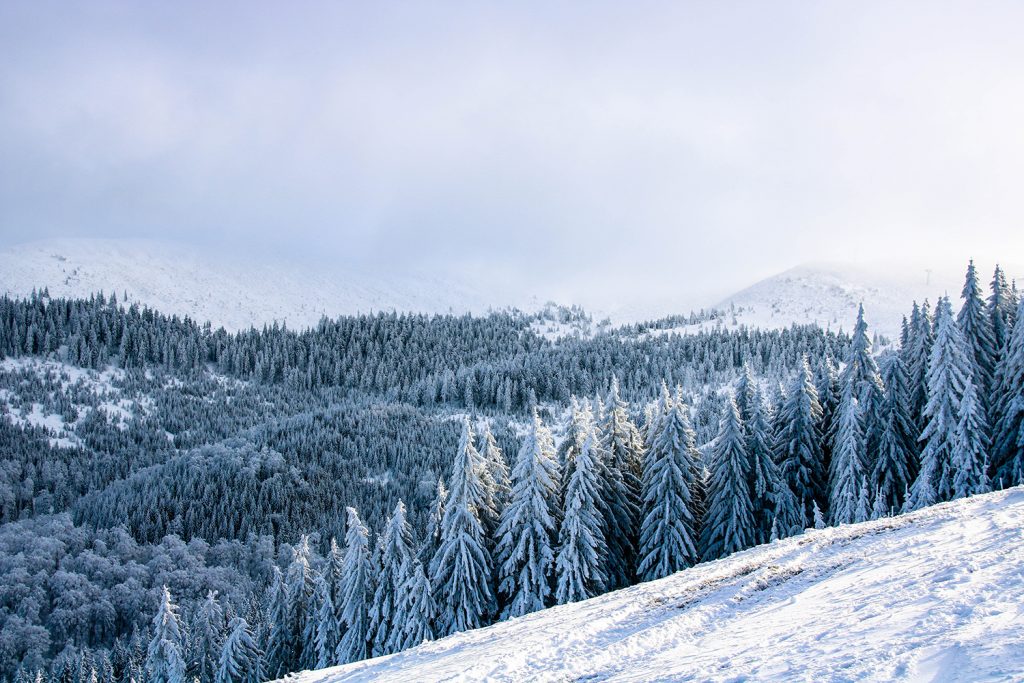
Guide to Poiana Brasov, Romania

Guide to Caciulata Romania
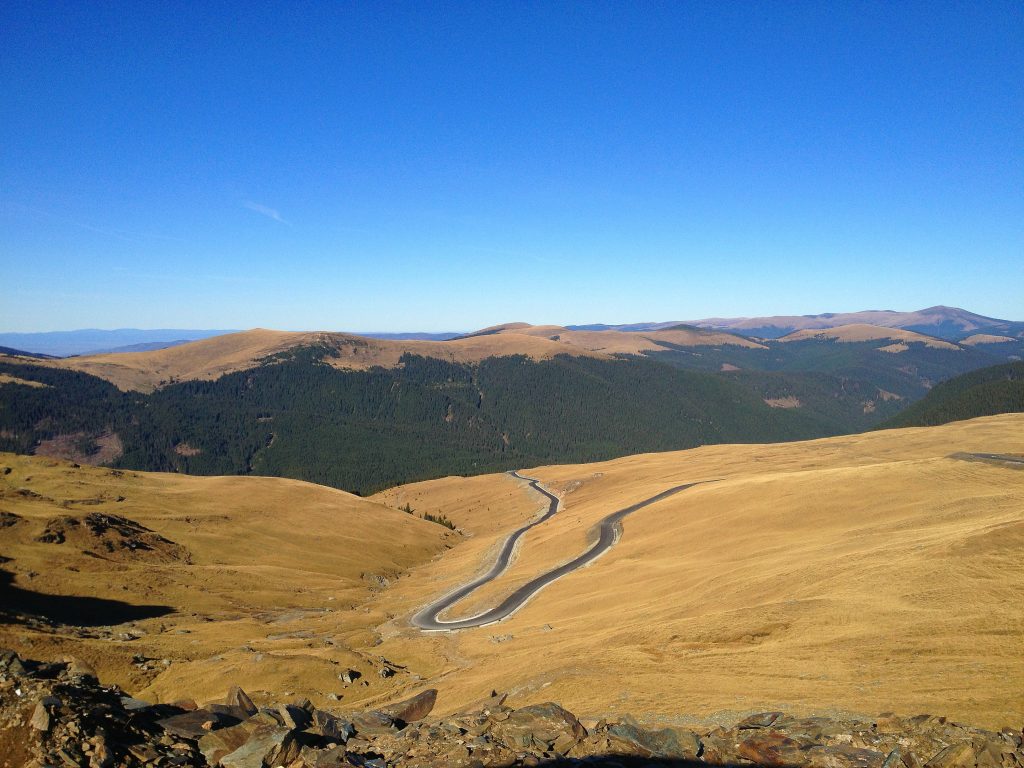
Guide To Transalpina Romania
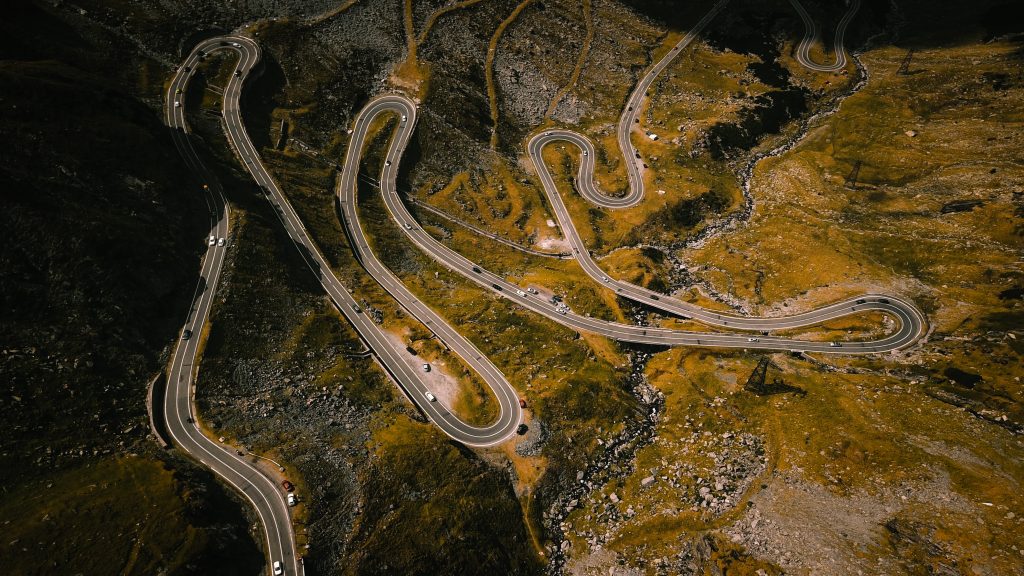
guide to Transfagarasan Romania
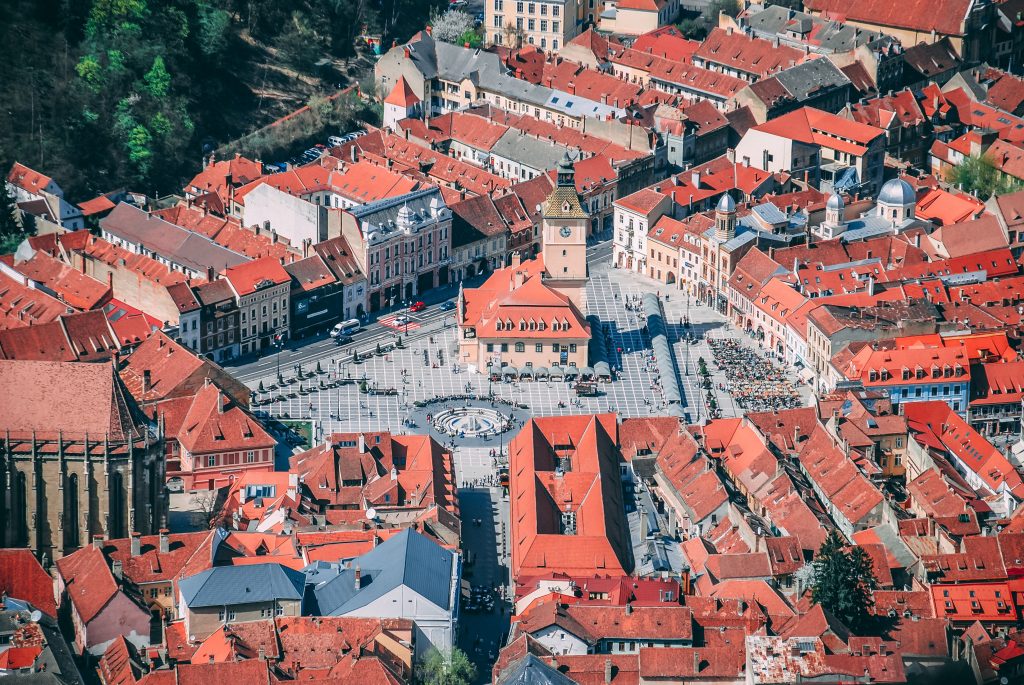
Things to do in Brasov
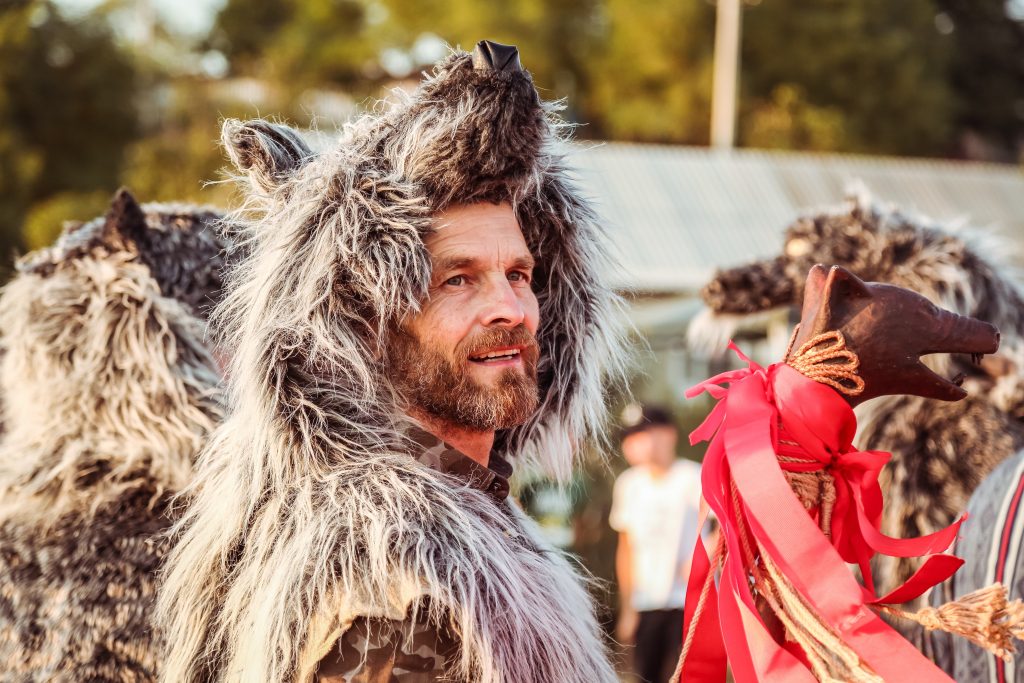
Ancient Romanian Traditions & Rituals
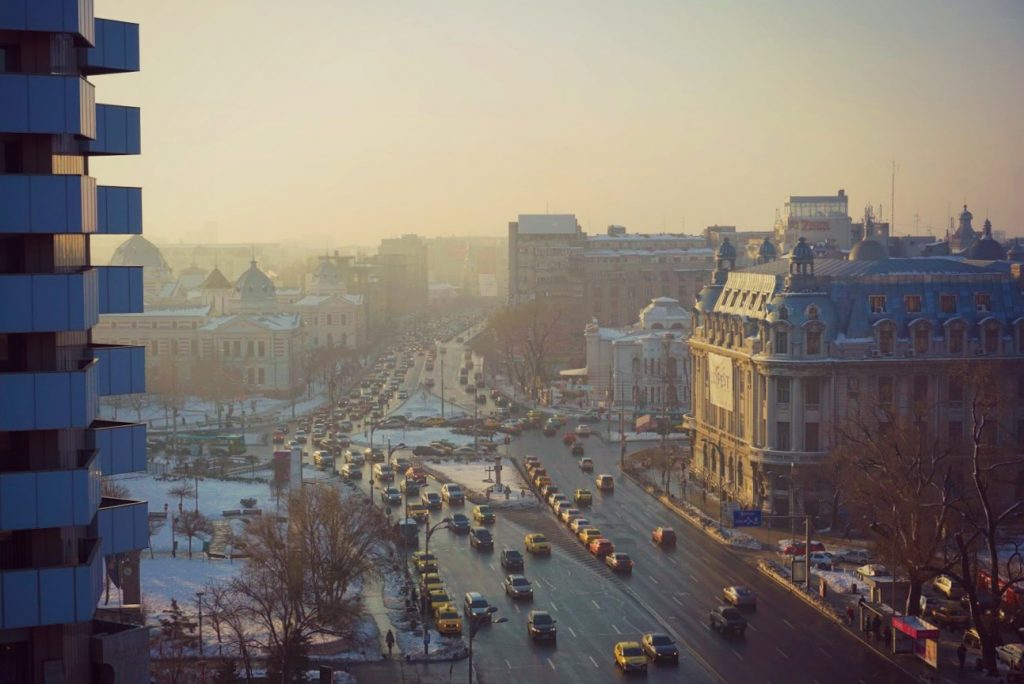
Untold Story of Bucharest
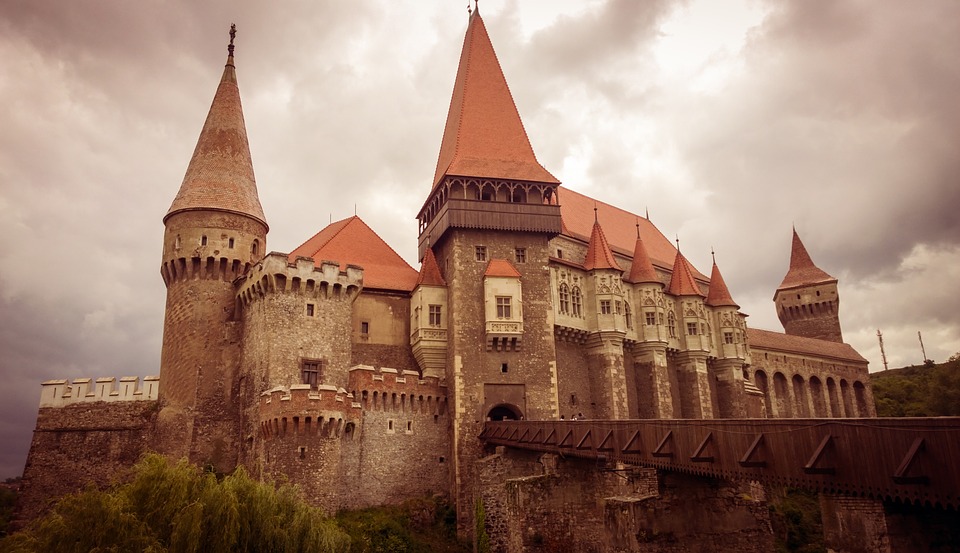
Romanian Rites Of Passage
